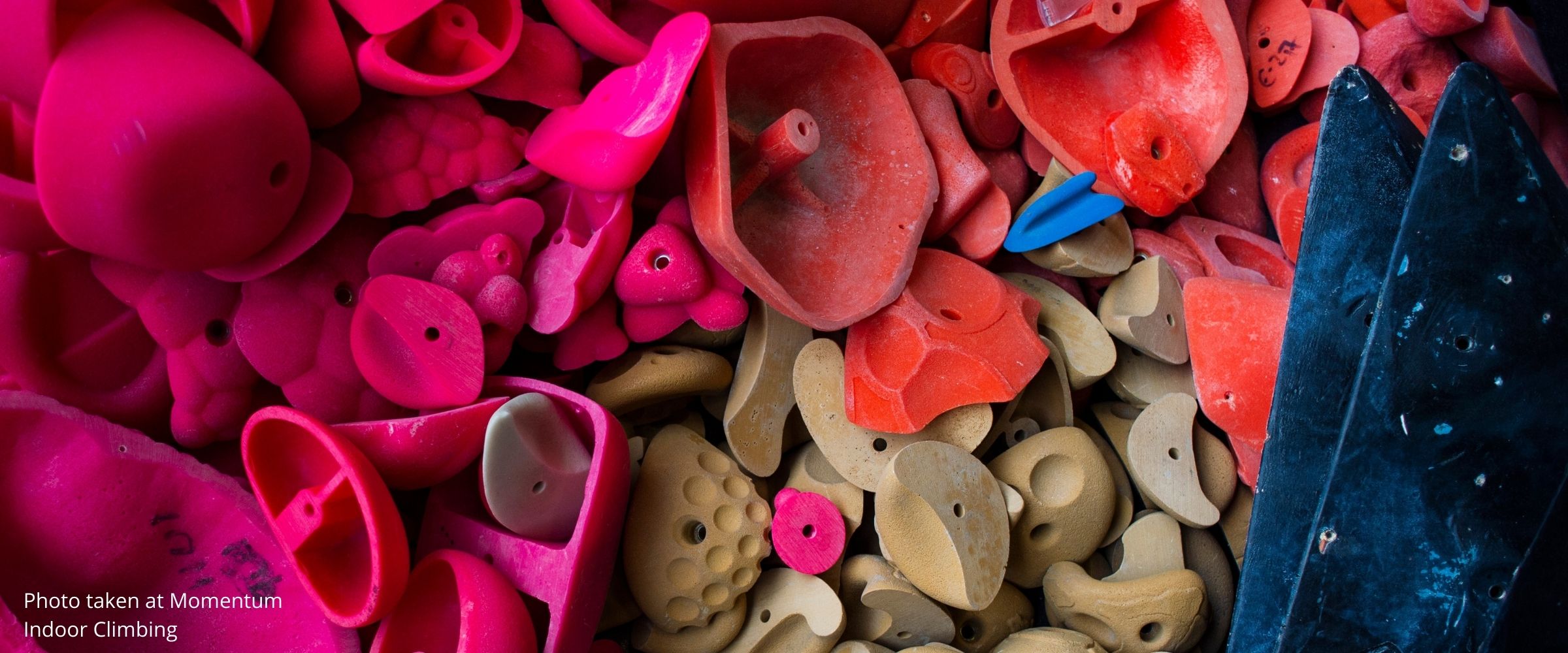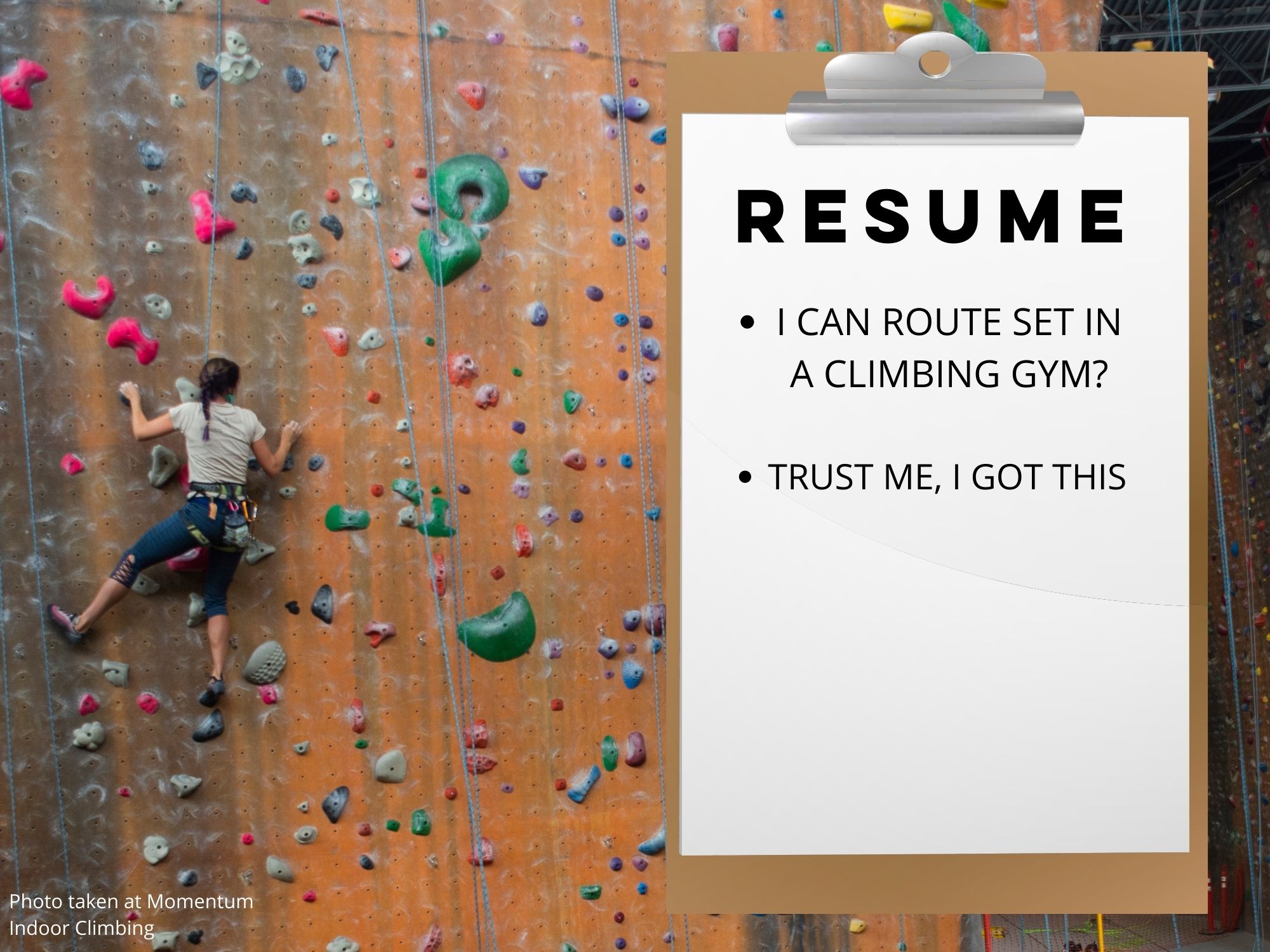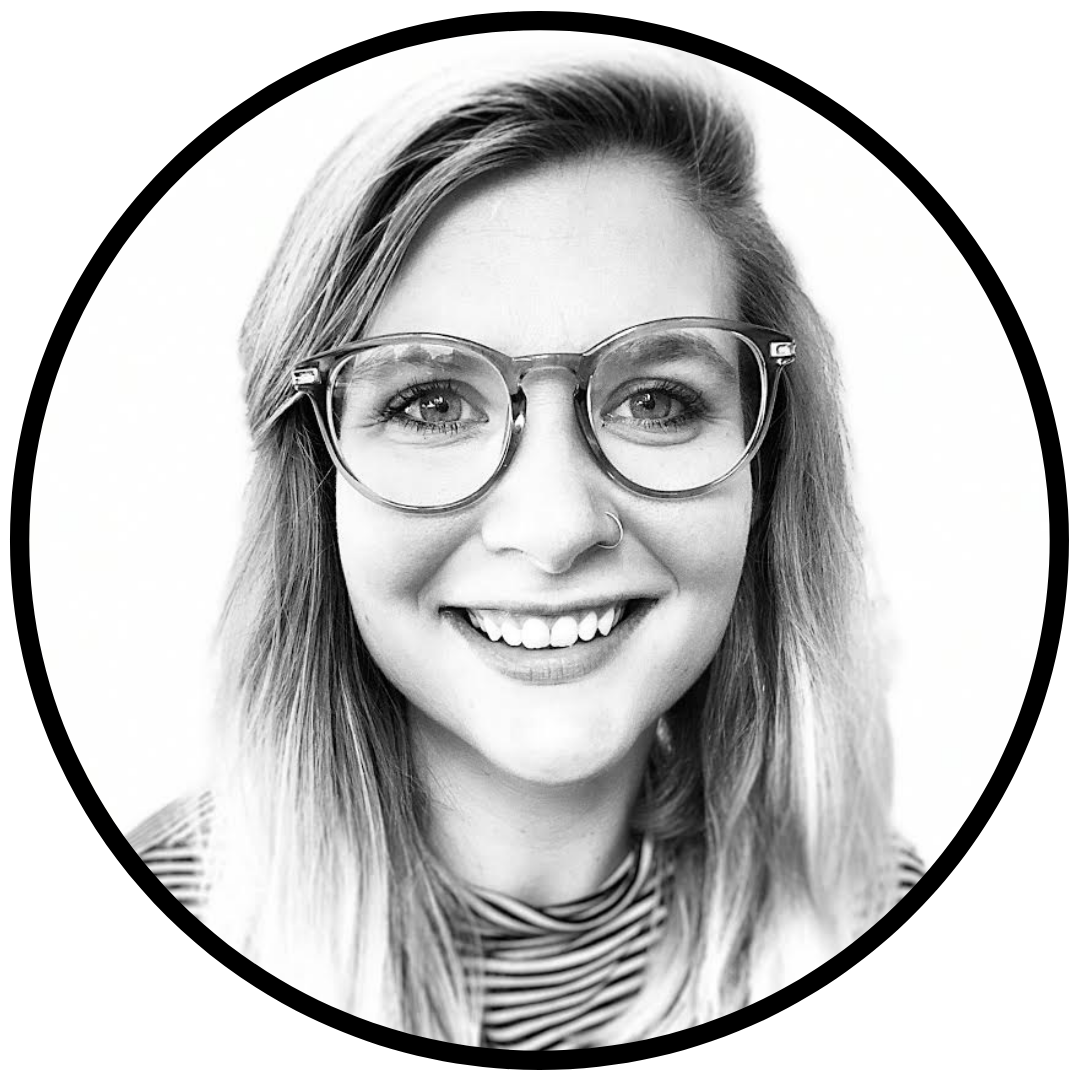(Route)setting Good Standards: Professional Development Days

As routesetting becomes recognized as a more long-term professional career path in the climbing industry, it is important for gyms to evaluate what professional opportunities they are offering to their setting teams in order to keep them growing.
One option is scheduling a professional development day, though what that looks like may be different depending on your team’s needs. Below are some ideas to keep in mind when looking to plan a PD Day.
Skills Based Drills
A few weeks before our gym re-opened during the pandemic, I organized our first PD Day to allow everyone some time to brush up on technical skills they may have gotten out of the habit of doing during our closure.

To make it especially interactive, I made a Jeopardy-like board with items such as, “use the angle grinder to chop a broken t-nut off a hold” and “demonstrate what to look for when inspecting a rope for retirement,” etc.
At the time, I had just hired a new routesetter and felt that this was a “team building” way to orient him to our protocols instead of waiting for an opportunity to demonstrate on the fly when we might be stressed on time.
Giving everyone the opportunity to demonstrate the skills ensured that we as a team were on the same page regarding procedures and allowed me (as the new Head Setter) to identify who was comfortable doing certain things and who needed more guidance.
Depending on your gym’s needs, some other skills-based ideas could be rope management, volume repairs, or rescue training. But regardless of what skills you decide to explore, the most important thing is to keep it interactive and allow space for questions.
Taking Advantage of Your Team’s Strengths
When I announced we would be having our first PD Day, one of my setters emailed me to ask if he could present a PowerPoint on basic design concepts and how they relate to routesetting aesthetics. Although unsure what to expect, of course I said yes and was impressed with the presentation. When I asked why he had never brought this up before, he said there had just never been a time that he “felt like it fit”.
As routesetters, so much of our paid time is strictly concerning what is on the wall at that very moment. However, each time I’ve given our team large chunks of time to discuss theory or body mechanics or even just what their most recent crazy idea is, it has always been beneficial for our team.
After that presentation, I thought about each of my teammate’s personal strengths and how I could channel that strength into a PD presentation or clinic to better equip the team’s understanding of that concept. For example, we later had a half day clinic on comp style moves where we practiced super quick tweaks, taught by the setter with the strongest understanding of comp style movement.
If you are planning a PD day but are unsure what you want covered, consider asking your team:
- What concepts they are interested in exploring more in depth
- If there is any special topic they’ve wanted to teach but haven’t had an opportunity to
As managers, it is our job to find opportunities to keep pushing our teams, and create opportunities for our teammates to show and share what they already know.
Translating Skills to Paper
The first time I was asked to send in a routesetting resume to be considered for a competition crew, I had no idea how to articulate my experience. Being my first year in the industry, I honestly hadn’t even thought of routesetters having formal resumes.
My previous professional resume had seemed so obvious - to include my degree, my computer skills, presentations I had given, etc. Now that I was a routesetter, I found myself staring at an almost blank word document that said “I set boulders and ropes 4 days per week. I can forerun V6 / 5.12.
However, after seeing an example resume from my mentor and doing some serious reflecting of what skills I was proficient in (wall types I had worked with, events I had set for, a clinic I had attended), I had a decent first draft to be able to send out. But without some one-on-one help, I would’ve been left with a one sentence resume.

In my experience, it has been tricky for some setters to verbalize their skills or to know what's relevant. As Head Setter, there are several reasons I want updated resumes from my team every 6 months or so.
For one, if I see an opportunity that is fitting for someone on my team, I want them to immediately be able to apply with all the information that best markets them.
Secondly, I want my team to be able to visually see on paper how they are progressing as a routesetter. Routesetting is often seen as either a strictly manual labor job or sometimes just as a “fun” job.
By listing out all of their technical skills and proficiencies, it is my hope that my team feels a sense of accomplishment and recognizes areas for growth. Lastly, if one of my setters is pursuing a new position outside of the industry, I want to be able to help them communicate their skills in an easily translatable manner to give them their best shot.
While perhaps unconventional, professional development days in routesetting can be just as beneficial as in any other industry.
Whether brushing up on technical skills, discussing special topics, updating resumes, or evaluating past events, PD Days are crucial for routesetters. They allow time to explore and reflect - both of which are critical in terms of pushing one’s knowledge and confidence in the world of routesetting.
About the Author
 Hayley Moran is the Head Routesetter at The Crag in Nashville, Tennessee. She has a Master’s Degree in Child and Family Studies and previously worked in the field of public health with a focus on health equity. She uses those experiences to help guide her work in the climbing industry by creating events and discussions that promote diversity, equity, and inclusion through the sport of rock climbing. When she is not on the wall, you can find Hayley baking in the kitchen, designing silly sweatshirts, or hanging out with her cat, Goblin.
Hayley Moran is the Head Routesetter at The Crag in Nashville, Tennessee. She has a Master’s Degree in Child and Family Studies and previously worked in the field of public health with a focus on health equity. She uses those experiences to help guide her work in the climbing industry by creating events and discussions that promote diversity, equity, and inclusion through the sport of rock climbing. When she is not on the wall, you can find Hayley baking in the kitchen, designing silly sweatshirts, or hanging out with her cat, Goblin.
